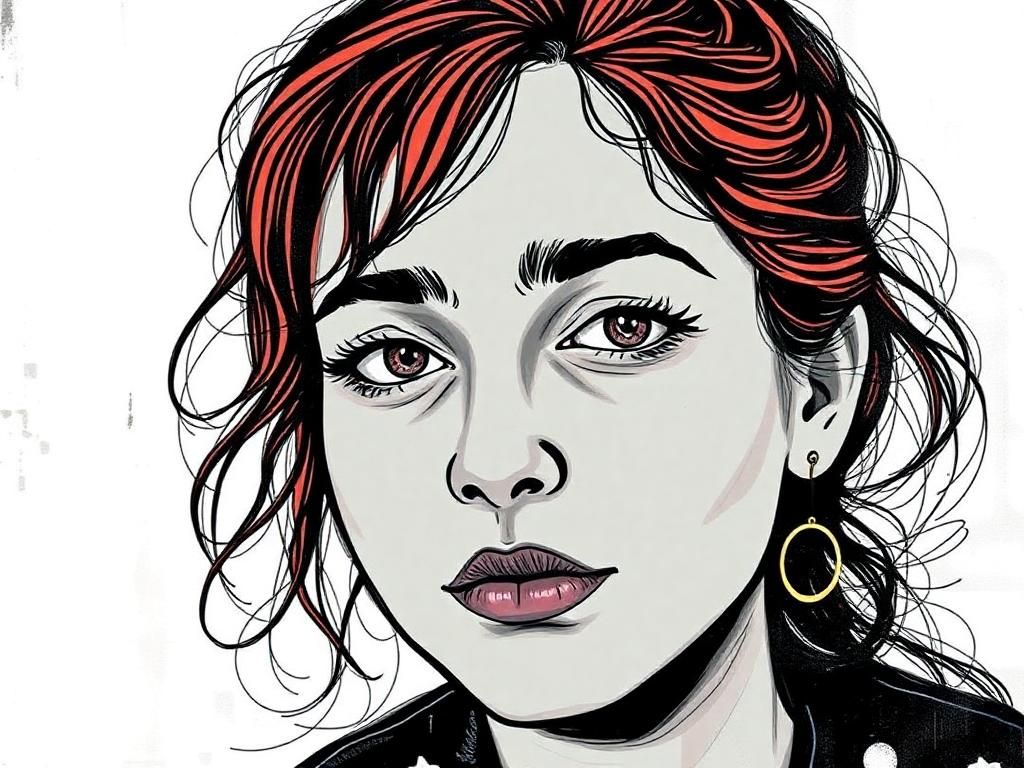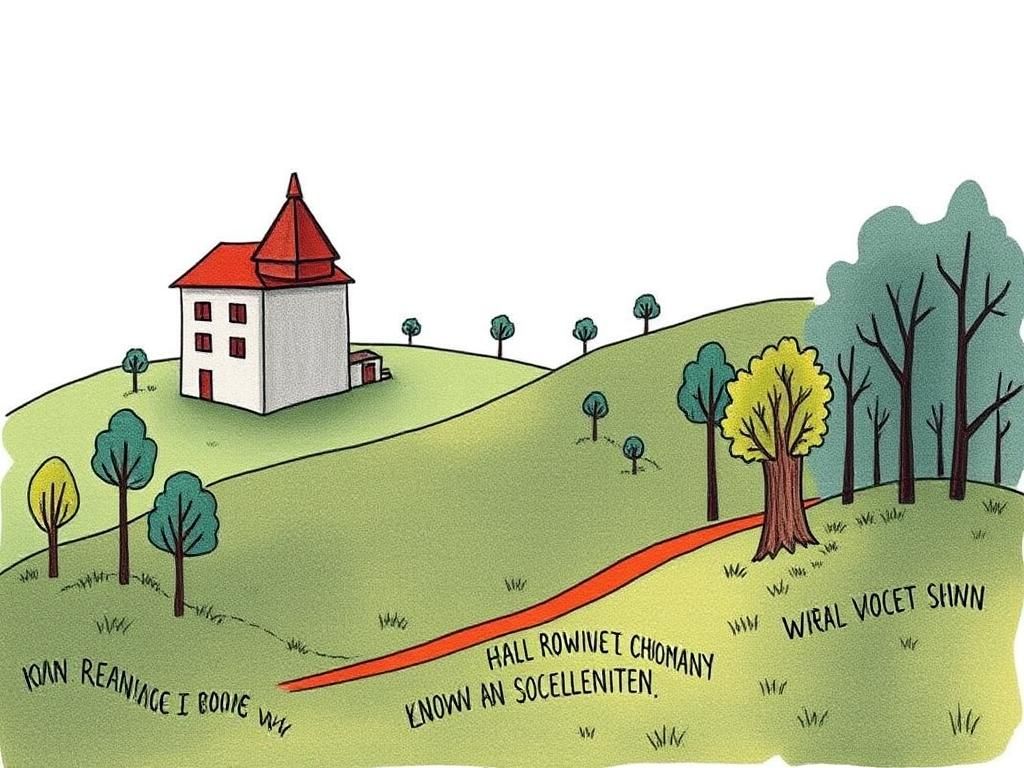The story of Nikki Catsouras death is one that resonates deeply within our collective memory, not only for the tragedy that unfolded but also for the conversations it ignited about privacy, media ethics, and the societal responsibilities we hold towards victims of tragic incidents. Nikki was a vibrant 18-year-old whose life was tragically cut short in a horrific car accident, sparking a wave of media coverage that raised troubling questions about the treatment of graphic images and the invasive reach of social media. In this article, we will delve into the circumstances of Nikki’s accident, the impact of her death on media narratives, and the implications it holds for privacy and ethics in the digital age.
Introduction to Nikki Catsouras
Overview of Nikki Catsouras
Nichole “Nikki” Catsouras was born on March 4, 1988, in Laguna Beach, California. She was the eldest of three children in a close-knit Greek-American family. *(Her father, Constantine Catsouras, and mother, Lesli, were deeply involved in her upbringing.)* Nikki was often characterized as a spirited young woman who loved spending time with her friends and family. A recent high school graduate, she had aspirations for the future, including a desire to explore her passions and build a meaningful life.
The significance of the case in media and public discourse
The Nikki Catsouras death case quickly became a focal point in discussions about media ethics and digital privacy. This tragic event forced society to confront the consequences of sharing private tragedies in the public realm and how these narratives can impact the families left behind.
The Incident: What Happened
The Accident Details
On October 31, 2006, Nikki Catsouras was involved in a devastating car accident in Orange County, California. She was driving her father’s Porsche 911 at a high rate of speed on the 241 toll road when she lost control of the vehicle, ultimately colliding with a concrete toll booth.
The circumstances leading to the crash involved a combination of speed, adrenaline, and possibly inexperience behind the wheel. Reports indicated that Nikki was driving at over 100 miles per hour, exacerbated by foggy conditions at the time of the incident.
Impact of the Accident
The immediate aftermath of the accident was harrowing. Emergency responders rushed to the scene, but the severity of Nikki’s injuries was catastrophic. She tragically succumbed to her injuries shortly after the crash. Official reports highlighted the gruesome nature of the accident, noting that her remains were not recognizable, a detail that would later cause significant distress to her family.

Media Coverage of the Event
Initial Reports
In the wake of the accident, local newspapers and news stations quickly reported on the incident. The coverage focused on the tragic loss of a young life and the circumstances surrounding the crash. However, public reaction was mixed. While many expressed sympathy for Nikki’s family, others were drawn to the shocking nature of the accident.
Evolution of Media Narratives
As that tragic day unfolded online, the situation escalated dramatically due to the rise of social media and the rapid sharing of graphic content. Unauthorized images of Nikki’s remains began circulating virally, raising ethical concerns about the dignity of victims and the responsibilities of those who share content online.
This led to heated discussions on digital privacy, with many advocating for more stringent regulations regarding the dissemination of graphic content. Ethical debates emerged about whether news outlets should publish such images, even with the intention of raising awareness regarding the consequences of reckless driving.
For more on the ethical implications of media reporting, check out resources available on Poynter’s website.
Family Response and Legal Action
Family’s Grief and Mourning
The reaction of Nikki’s family to their tragic loss was profound. In statements to the media, her parents expressed their deep grief, and they became public advocates for privacy rights following their unexpected exposure to loss on such a public stage. Memorials held in Nikki’s honor highlighted her vivacious spirit and the void her passing left.
Legal Action Against Authorities
In the years following Nikki’s tragic death, her family pursued legal actions against the California Highway Patrol after learning that unauthorized photos of Nikki’s disfigured body had been shared among officers and later leaked. The family aimed to hold those responsible accountable for the breach of their privacy and sought to prevent future incidents from happening to other grieving families. Their efforts led to a landmark ruling in favor of victims’ families regarding unauthorized sharing of graphic images.
The Cultural Impact of Nikki Catsouras’ Death
Discussions on Online Privacy
This tragic incident illuminated broader implications for online privacy rights. The Nikki Catsouras death case sparked discussions on the ethics of sharing graphic images and whether individuals have the right to control how their image is disseminated after death. Organizations advocating for digital privacy are calling for increased awareness and changes to regulations governing the preservation of personal information, particularly in devastating circumstances.
Theoretical Perspectives
The case also afforded a unique perspective on media ethics and responsibility, shedding light on the complex dynamic between media coverage, public interest, and the dignity of victims and their families. The concept of “victimhood” in media narratives is often treated with sensitivity, but the Nikki Catsouras death scenario exposed the need for stronger ethical guidelines to protect victims’ identities and their family’s right to dignity in grief.
Conclusion
The legacy of Nikki Catsouras death extends beyond her tragic passing; it serves as a critical reflection point on media ethics, privacy, and the treatment of victims in the aftermath of tragedy. Understanding this case allows us to engage in more meaningful conversations about how we honor those we have lost and respect the wishes of their families while navigating sensitive subjects in our media-saturated society.
Resources for Further Reading
- Media Ethics in the Digital Age
- Support resources for families dealing with tragedy and loss can be found through organizations such as the National Transitions Organization.
- Contact information for legal aid regarding privacy rights can often be found at local legal service organizations.
Acknowledgments
In closing, we recognize the contributions of various sources and media outlets that have covered the Nikki Catsouras death and related issues surrounding media ethics.
Moreover, we extend our gratitude to the organizations advocating for privacy rights and media ethics to protect victims and their families.
| Key Aspect | Details |
|---|---|
| Accident Date | October 31, 2006 |
| Location | 241 Toll Road, Orange County, California |
| Vehicle | Porsche 911 |
| Speed at Crash | Over 100 mph |
| Family Legal Action | Against California Highway Patrol for unauthorized photo sharing |
| Media Response | Shifts from tragic accident reporting to ethical debates on graphic sharing |
Frequently Asked Questions
- What led to the crash that resulted in Nikki Catsouras’ death?
Nikki Catsouras lost control of her Porsche 911 while driving at a high speed in foggy conditions, ultimately colliding with a toll booth.
- What were the circumstances behind the release of graphic images?
Images of Nikki’s remains were shared among officers of the California Highway Patrol and eventually leaked to the public, escalating the family’s grief.
- What legal actions did Nikki’s family take?
Nikki’s family pursued lawsuits against the California Highway Patrol regarding the unauthorized sharing of photographs, leading to significant legal rulings on privacy rights.
- How did public perception of the incident evolve?
Initially seen as tragic, public reaction shifted towards outrage regarding the graphic images circulating online.
- What impact did Nikki’s death have on media ethics discussions?
The incident sparked conversations about the responsibilities of journalists and individuals sharing sensitive content without consideration for the victims’ families.
- Are there resources for families facing similar tragedies?
Several organizations, such as the National Transitions Organization, provide support and resources for families dealing with loss and public scrutiny.


